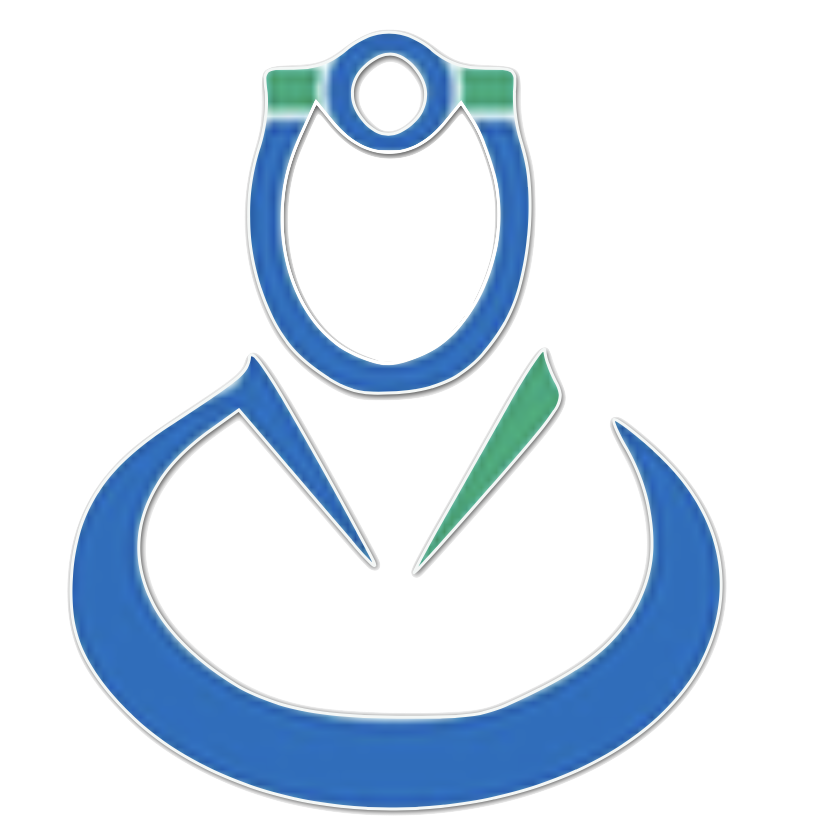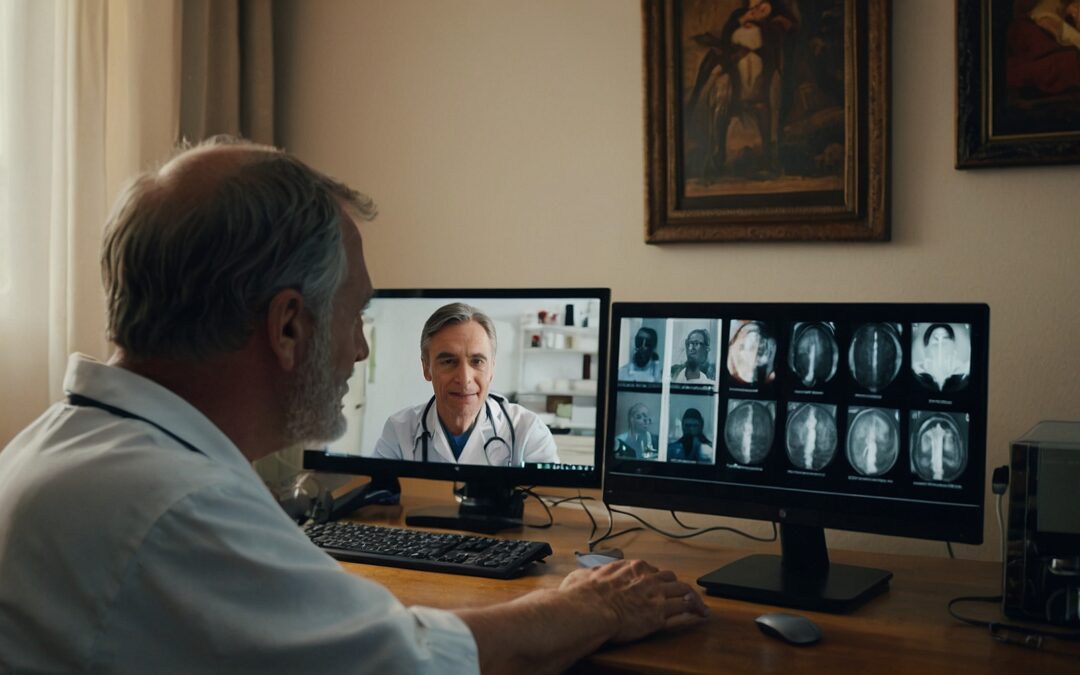Electronic Health Records (EHRs) Explained
Electronic Health Records (EHRs) are digital versions of a patient’s medical history, maintained by healthcare providers over time. They are a core component of health IT infrastructure and have largely replaced traditional paper-based records. Here’s a closer look at EHRs:
1. Components of an EHR: A typical EHR includes a wide range of patient data, such as:
– Demographic information (age, gender, contact details)
– Medical history (diagnoses, treatments, surgeries)
– Medications (current and past prescriptions, allergies)
– Laboratory and test results (blood work, imaging studies)
– Immunization records
– Vital signs and biometric data
– Clinical notes and documentation
2. Advantages of EHRs over paper records:
– Accessibility: EHRs allow authorized users to access patient information from anywhere, at any time, improving care coordination and emergency response.
– Legibility: Electronic data is easier to read and less prone to errors compared to handwritten notes.
– Completeness: EHRs provide a more comprehensive view of a patient’s health by integrating data from multiple sources.
– Decision support: EHRs can incorporate clinical decision support tools, such as alerts, reminders, and evidence-based guidelines.
– Data sharing: EHRs facilitate secure data sharing among healthcare providers, laboratories, pharmacies, and patients themselves.
– Efficiency: EHRs can streamline clinical workflows, reduce paperwork, and save time.
3. Challenges and considerations:
– Interoperability: Ensuring that different EHR systems can communicate and exchange data seamlessly remains a challenge. Standardization efforts, such as HL7 FHIR, aim to improve interoperability.
– Privacy and security: EHRs contain sensitive personal information, necessitating strong data protection measures and compliance with regulations like HIPAA.
– User adoption: Implementing EHRs requires significant changes in clinical workflows and user training. Overcoming resistance to change and ensuring user satisfaction is crucial.
– Data quality: EHRs are only as useful as the data they contain. Ensuring accurate, complete, and timely data entry is essential for realizing the full benefits of EHRs.
– Cost: Implementing and maintaining EHR systems can be expensive, especially for smaller healthcare organizations. However, long-term benefits can outweigh the initial costs.
4. EHRs and patient engagement: Modern EHRs often include patient portals, which allow individuals to access their health information, communicate with providers, schedule appointments, and refill prescriptions. This empowers patients to take a more active role in their care and can improve adherence to treatment plans.
5. EHRs and population health: Aggregated EHR data can be analyzed to identify population health trends, inform public health interventions, and support research. However, this requires robust data governance policies to protect patient privacy and ensure ethical use of data.
As the backbone of modern health IT, EHRs have the potential to transform healthcare delivery by improving quality, safety, efficiency, and patient-centeredness. However, realizing this potential requires ongoing efforts to address technical, operational, and regulatory challenges and ensure that EHRs are designed and used in a way that truly benefits patients and providers alike.
Dr. Jose A. Cisneros, MD,PhD


Recent Comments